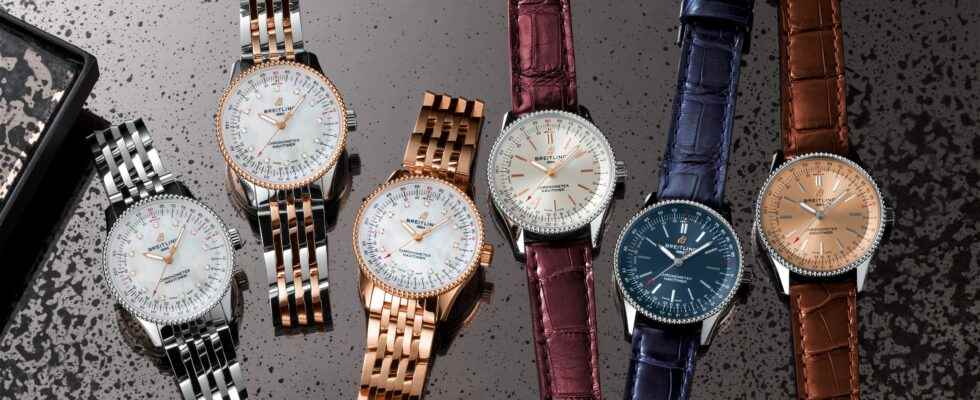Hermès bag, Louboutin pumps, Cartier watch… Internet users eager for bargains sometimes come across advertisements at prices that are too low to be honest. With the Internet, counterfeiting has experienced a formidable boom. Criminals have found an ideal showcase there to offer their junk to the world. According to Ifop, 37% of consumers have already bought counterfeit goods without their knowledge. Result ? This illegal market has changed in size.
“Previously, production was artisanal, made in backyards. Now, counterfeiting has become industrialized and massified,” warns Régis Messali, director of development and communication for the Union of Manufacturers (Unifab). In 2021, the quantity of goods seized by French customs increased by 62% compared to 2020. A scourge which leads to a serious shortfall (from 200 to 300 billion euros per year worldwide) and whose sector luxury is one of the main targets.
Authentication and transparency
Fortunately, other techniques, these virtuous ones, contribute to protecting the ancestral know-how of brands. Computer programs are capable of automatically scanning the texts, prices and images of advertisements posted on the Web in order to identify abnormally low prices. So-called “track and trace” technologies are developing at lightning speed. QR Code or NFC chips can not only be used to authenticate a product, but also to give customers great transparency on its manufacturing circuit. A process adopted on the QR Code fabric labels of Patou’s pieces, which allow curious customers – and increasingly concerned about ecology – to discover the entire garment manufacturing cycle and the details of the materials used.
Blockchains also raise a lot of hope. “Brands have the possibility of associating an NFT with each piece which serves as a certificate of authenticity registered in these vast public registers that are blockchains”, explains Hugo Bordet, of the Association for the Development of Digital Assets (Adan) . Breitling has thus attached an NFT “passport” to each of its watches for two years, which owners can securely transfer to any potential buyer. “Blockchain will help to reinforce the feeling of uniqueness, authenticity and traceability of products, analyzes Franck Le Moal, IT and Technology Director of the LVMH group. It also paves the way for new value-added services.” Certificate of exclusivity, guarantee, repair… each characteristic or event in the life of the product can be included in this technology. Enough to prove, for example, that a Louis Vuitton bag is authentic, but also that its possible repairs have been carried out by the house itself and not by an uncertified shoemaker.
Supervise and control online sales
The rise of online marketplaces has provided counterfeiting networks with a formidable tool. The Digital Services Act (DSA) will, however, restore order. At the end of April, the highest European authorities Council, Parliament and Commission agreed on new regulations which will regulate illegal content on the Internet. The DSA will require Amazon and others to check the profiles of sellers much more strictly: identity checks, tax registration, etc. The mechanism for reporting illegal content will also be simplified. The brands most targeted by counterfeiting will thus have the status of “trusted flagger” which will give priority to their alerts. The text should come into force in 2024 and lighten the workload of luxury houses in protecting their creations. However, it is recommended to keep an eye on small platforms: these will not have, in fact, obligations as restrictive as a company like Amazon.
